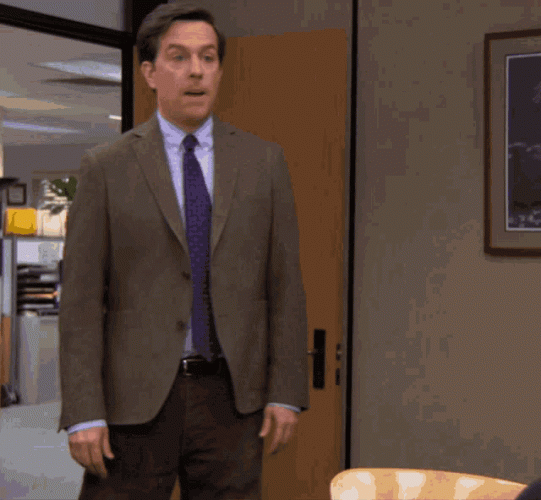elkduds
Well-known member
Oak is not as public on this forum about his advocacy as, say, the chairman of WY BHA chapter. He is a staunch advocate for wildlife and hunting in CO, especially sheep. To my knowledge Oak is not the official spokesman for any group, as is @BuzzH , so when he speaks it is not a whole group talking. That lack of constituency matters in a political morass as complex and with as diverse a set of stakeholders as CO. The more pugnacious people I have encountered in my experience w CPW get discounted and excluded from the process, because there are so many active constituencies vying for influence. CO is far more politicized in its wildlife management than I understand WY to be, which should surprise nobody.My 2 cents, as far as this forum is concerned… ahem, the distinguished gentleman from CO who started this thread and others about CO issues is a bit less shall we say…pugnacious, than the distinguished gentleman from WY who often brings up the sportsman’s issues in your great state.
Oak makes a difference for wildlife in CO in an ongoing way, his posts here are the barest tip of the iceberg of his activity. I don't know him, my sense is that making tsunamis is not how he rolls. I'm sure he doesn't need me to come to his defense, he'll continue working for sheep and all wildlife. I admire and respect Oak and all HT members who show up in person, work to make a difference, get the big picture, and participate here on behalf of causes larger than themselves. When it comes to CO wildlife issues, don't
When I participate in the CO Sportspersons' Roundtable meeting next weekend, I will represent the views and opinions I heard during the Southeast RT Caucus meeting. @jlmatthew 's criticism and frustration posted above are well-founded. That is exactly what hunters are up against w CPW as an unvocal minority among wildlife stakeholders in CO. I will be as pugnacious as the forum permits. I will network w CPW staff, attempt to form strategic coalitions w other stakeholders, and try to budge the leviathan that is the ship of CPW toward more regard for the interests of resident sportspeople. I expect results on a par w @jlmatthew 's experience above. If Oak, I and the others here who are active advocates w CPW had more constituent leverage, we would have more influence. Step on up, plenty of room on this bus.
I wish we had more Oaks on HT and in CO. To those who are advocates under the social media radar, many thanks and much encouragement. WY is lucky to have Buzz, regardless of any perceived pugnacity.





